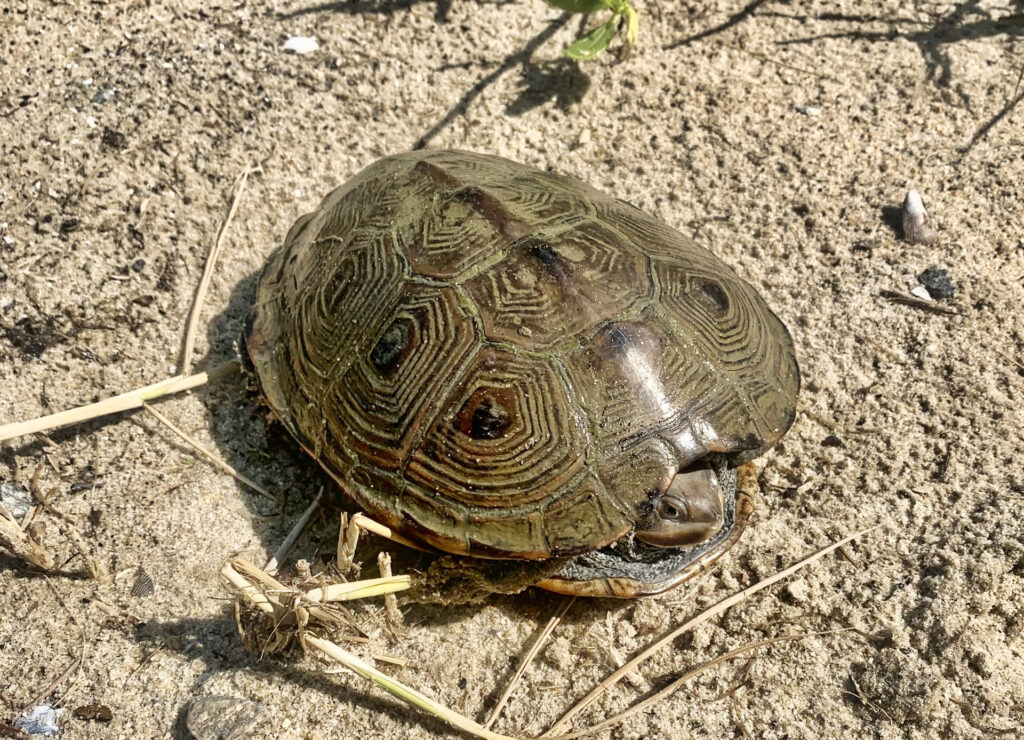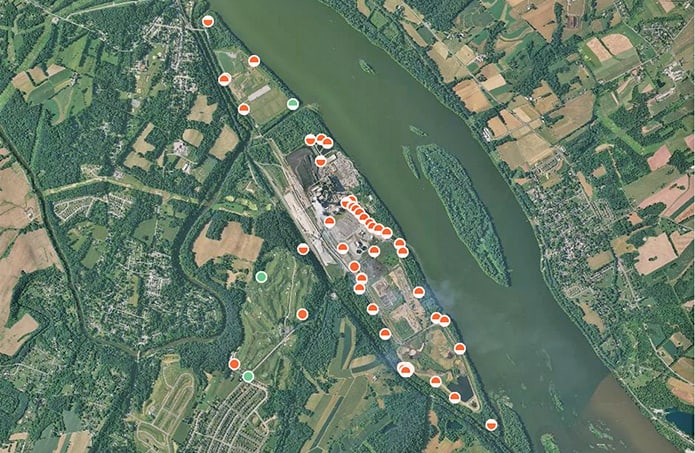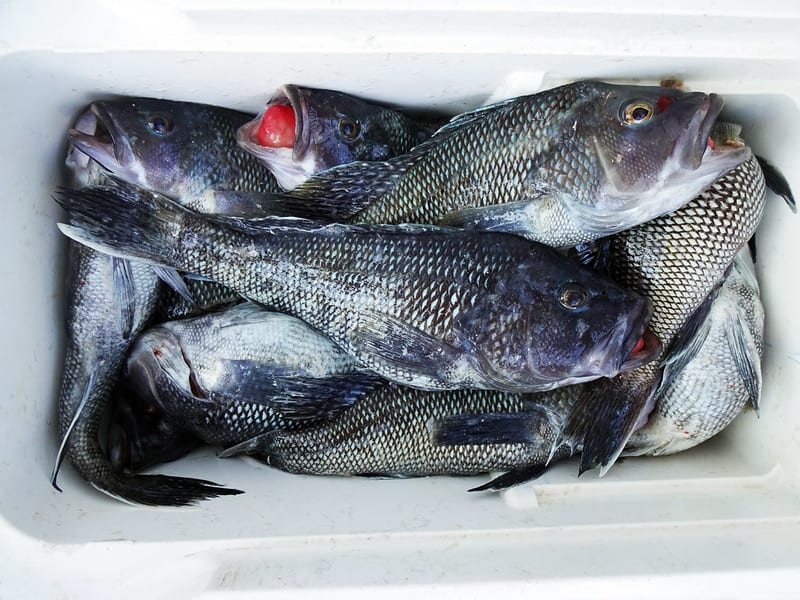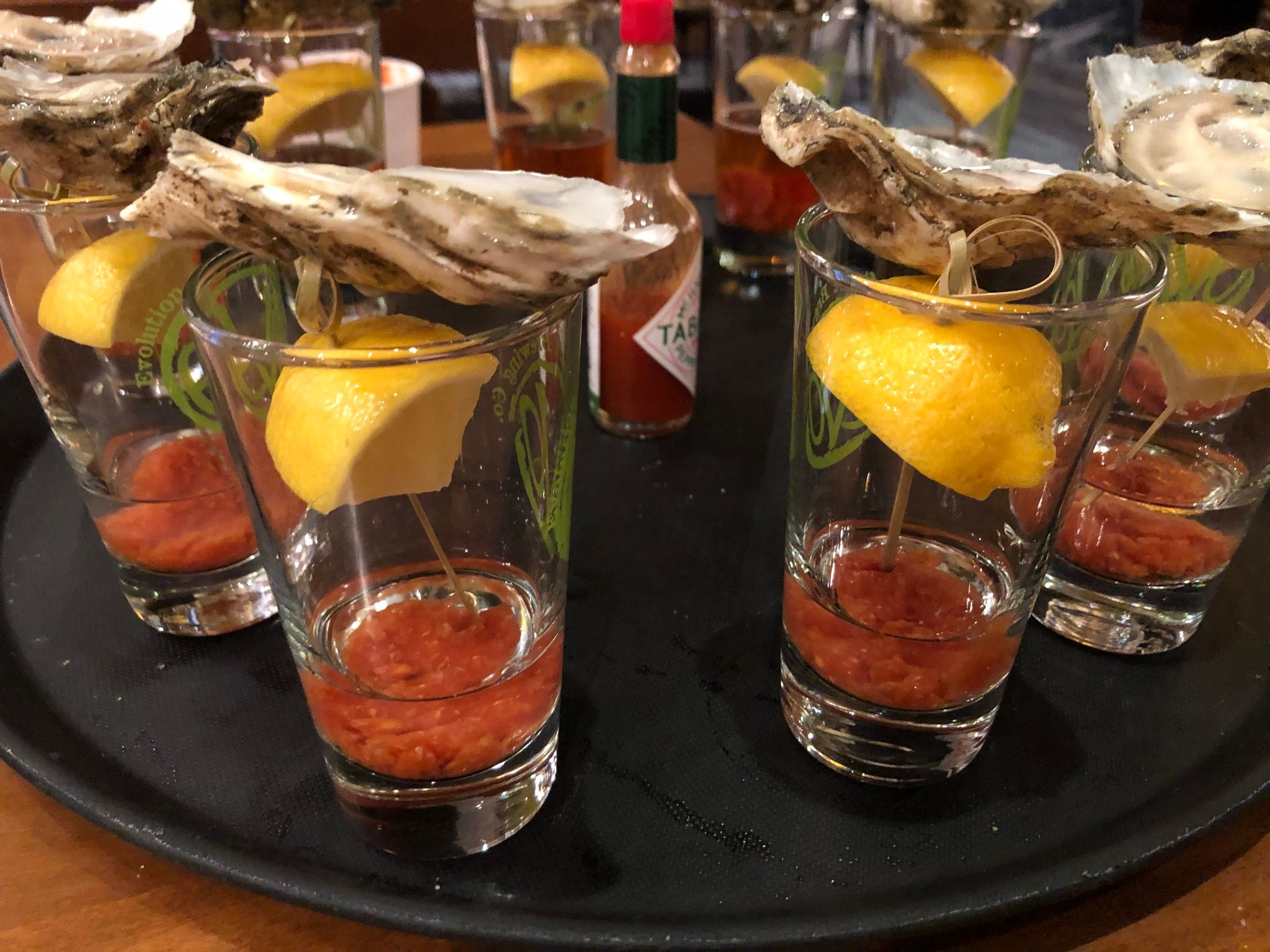There is a new animal count coming to Virginia. It is not birds or dolphins, both of which have been crowdsourced in the past, but turtles. Specifically, diamondback terrapins. The project, called The Diamondback Dash, is looking for volunteers to help count these beautiful and unique creatures.
The northern diamondback terrapin is the only species of the genus Malaclemys. It’s the official mascot of the University of Maryland, where the Terps’ tagline is, “Fear the Turtle.”
Diamondbacks resemble fresh water turtles in size and shape, but they live exclusively in brackish and salt water. While most are thought to live in brackish waters, they have been spotted in the ocean near inlets on more than one occasion. Females can grow to almost 12 inches in length, while males reach half that length. They lay eggs on shore in sandy soil. Their name comes from the obvious rough diamond-shaped rings on their shell. The rings can be dull or vibrant. They can live for 40 years in the wild, likely longer in captivity.
And they used to be considered good eating. Terrapins were a staple in the diet of both Native Americans, early settlers, and enslaved people. The turtles were cooked whole in hot coals. Turtle soup made with terrapins became very popular but ended with Prohibition. By that time, their numbers had decreased to the point that they became difficult to source, and another soup ingredient, sherry, became illegal. They are now protected. In Virginia, it is illegal to possess a diamondback terrapin for personal or commercial purposes.
Even with protection, their numbers are still way down. Commercial hunting in the days of old did not help. Today, we have development, low water quality, and crab pots that prevent their numbers from increasing in a significant way. Terrapins need sandy areas above spring high tide levels to lay eggs. Bulkheads and rip-rap have eliminated much of that nesting habitat. They will readily swim into crab pots, where they drown. Maryland requires commercial crabbers to install turtle-excluding devices on their pots. These allow easy access for crabs, but make it more difficult for the turtles, with their dome-shaped shell, to enter. These devices are optional in Virginia.
Virginia does not know if terrapin populations are increasing, declining, or maintaining a constant level—which brings us back to The Diamondback Dash. This study will shed some light on terrapin populations in the commonwealth.
According to Meagan Thomas, Watchable Wildlife Biologist for the Virginia Department of Wildlife Resources, “We plan to have a small count in the fall of 2023, and a larger count in the spring of 2024. This will be an ongoing event, so we can check for trends in the population.”
Volunteers will be teams of two to four (no individuals). Each volunteer will need a canoe or kayak. There will be virtual training for volunteers so they can lean turtle identification, data entry, safety, and additional topics.
Survey routes have been posted online, though published routes and dates are subject to change. Volunteer teams will be able to choose locations on a first come, first served basis. Most of the routes are connected to or close to public access points. People with access to private terrapin hot spots can also apply for a custom route. You can find all the information you need at dwr.virginia.gov/diamondback-dash.
-Kendall Osborne




